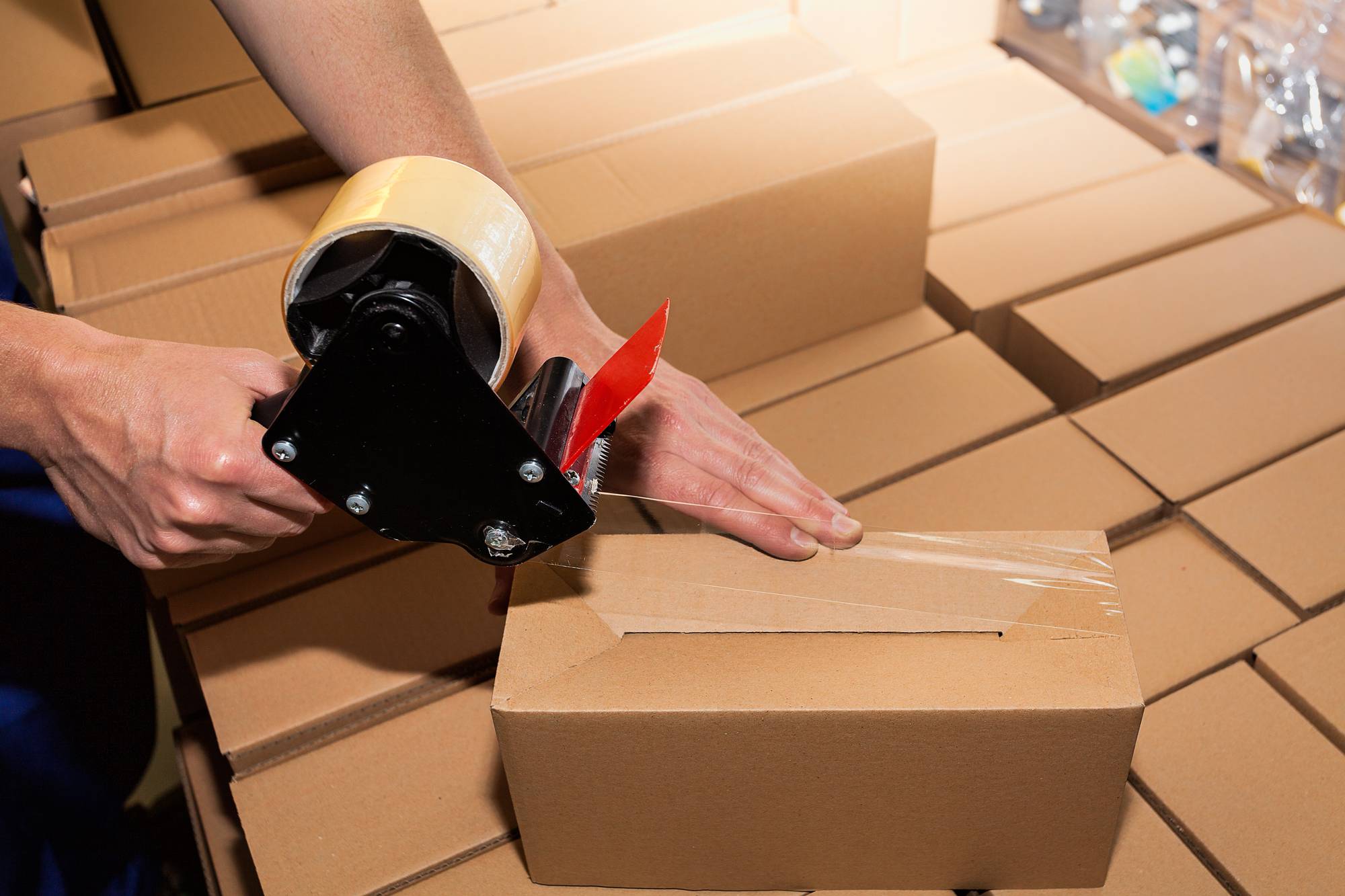There are some sales of zero-rated items, such as food and books. In the weeks leading up to Christmas, these sales will increase. The VAT on packaging for these goods might also be zero-rated. Is this assumption accurate?

HMRC policy
VAT Notice 700 states clearly: “Even ordinary tins, bottles, and jars are considered to be part of the goods they contain. ”
Thus, the VAT rate for packaging is the same as the VAT rate for the goods, regardless of whether customers are able to use the packaging for other purposes, such as putting nuts and bolts in a jar. If your goods are zero-rated, the full sale proceeds are also zero-rated.
Trap. If the jar or bottle is ornate, HMRC’s manual accepts it as normal packaging. There is one exception, however, and that is Kilner jars, which are heavy duty jars with wired lids used for preserving fruit and vegetables; these jars are standard-rated.
Beyond Normal and necessary
When your customer buys your goods, should they also be paying for more than just the goods, i.e. is there special packaging that has its own value? The issue would only become problematic if the goods in question were zero-rated or subject to 5% VAT. In order to determine whether you need to apportion your output tax, consider the selling price of the item. If you sell 50 zero-rated teabags in a porcelain container, charging £10 for the entire package, the customer is clearly paying more than the teabags themselves. This means that your output tax would have to be apportioned.
Trap. HMRC could argue that the teabags are incidental to the sale of the caddy, and therefore should not be included as part of the standard-rated sale. If this occurs, you might want to take a prudent approach to your costings and treat the sale as wholly standard-rated.
How to apportion
As long as the results are “fair and reasonable”, any method can be used. These are the two most commonly used methods:
Cost ratio – determine the standard and zero-rated costs of each item and apply that percentage to your selling price.
Single Goods Pricing – if you sell one item for X, as a stand-alone item, and another for Y, you can use this ratio to determine how much VAT you owe on your mixed supply, for instance, X/X+Y.
Example: For a single price of £20 including VAT, a ceramic cheese dish (standard-rated) is available with French cheese (zero-rated). The cost of the cheese is £2 and the dish £5 + VAT. Output tax payable on a cost ratio basis will be £6/£8 x £20 x 1/6 VAT fraction = £2.50.
Trap. In the example, the relevant figure for the purchase of the standard-rated item includes VAT. This is because the ratio is being applied to a sale price that includes VAT as well.
Conclusion
If your packaging is normal and necessary for the goods you are shipping, there is no separate supply. Alternatively, if your goods are reduced or zero-rated, and your packaging is a significant part of the selling price and provides value to your customers, you might need to apportion your output tax.
